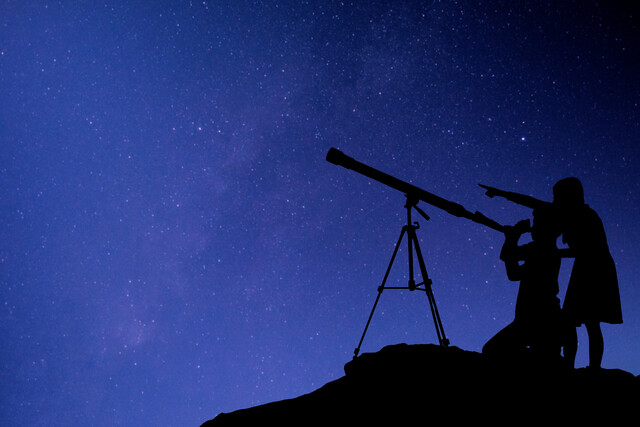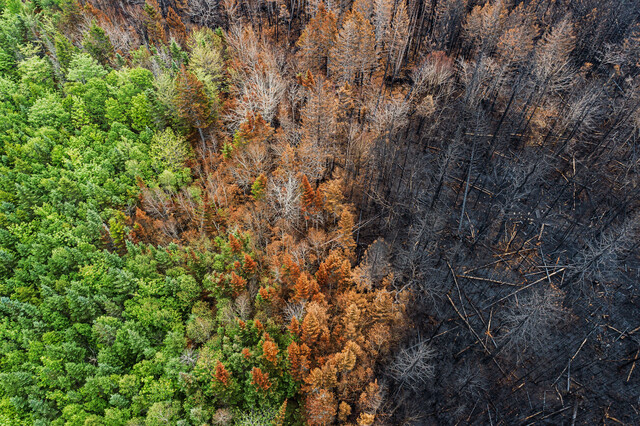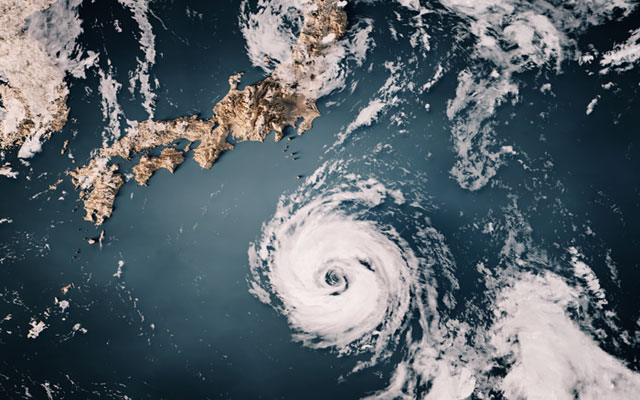Meteorology Fundamentals
Unravel the Mysteries of the Sky with Meteorology Fundamentals

9 Hours average completion time
0.9 CEUs
12 Lessons
21 Exams & Assignments
37 Discussions
12 Videos
13 Reference Files
45 Articles
Mobile Friendly
Last Updated December 2025
Meteorology: Unraveling Nature's Mysteries
Meteorology is the ever-evolving study of our planet's dynamic atmosphere and its phenomena, offering insights into the spectacular, ever-changing tapestry of our skies. It is a discipline that stands at the intersection of science, beauty, and impact. From the serene beauty of a golden sunset to the raw power of hurricanes, meteorology presents a window into the world's most magnificent and sometimes, menacing performances.
This expansive field not only explores the visual wonders of the atmosphere but also delves deep into understanding the intrinsic factors shaping these phenomena. It touches upon the study of land terrains, the interplay of atmospheric pressures, the artistry behind cloud formations, and the underlying forces that spawn formidable storms.
Our Basic Meteorology course serves as a compass guiding you through the profound topics, from understanding how geographical variances influence weather patterns to the intricacies of cloud formations, the dynamics of wind currents, cutting-edge forecasting methodologies, and the significant global weather phenomena like El Niño.
Course Outline:
-
Lesson 1: Introduction to Meteorology A foundational dive into the realm of meteorology, setting the stage for the subsequent explorations.
-
Lesson 2: Climate Differentiating between weather and climate and understanding the larger forces that influence climatic patterns.
-
Lesson 3: All About Clouds A picturesque journey into the world of clouds, their types, formation, and significance.
-
Lesson 4: Blowing in the Wind A look into the invisible but powerful wind currents and what drives them.
-
Lesson 5: Under Pressure Deciphering the role of atmospheric pressures in creating and influencing weather systems.
-
Lesson 6: Weather Forecasting Unpacking the science and technologies behind predicting the skies, from local forecasts to global trends.
-
Lesson 7: Stormy Weather Venturing into the heart of storms, understanding their genesis, and the factors contributing to their intensity.
-
Lesson 8: Global Weather Patterns A macroscopic view of weather, studying recurrent global phenomena and their ramifications.
-
Lesson 9: Water and Weather Delving into the symbiotic relationship between aquatic systems and atmospheric conditions.
-
Lesson 10: Conservation and Weather Issues Evaluating the mutual influence of conservation efforts and weather patterns, highlighting the significance of sustainable practices.
-
Lesson 11: Weather Effects Investigating the multidimensional impact of weather on ecosystems, economies, and societies at large.
-
Lesson 12: Careers in Meteorology A glimpse into the diverse career avenues within meteorology, guiding students toward potential future pathways.
As daily life is intertwined with weather, from choosing attire to travel plans, an understanding of meteorology influences our everyday decisions. Moreover, in the epoch of climatic challenges, discerning the role humans play in influencing local and global weather patterns is pivotal. This course not only provides historical insights into man's age-old endeavors in predicting the skies but also critically evaluates the anthropogenic effects on contemporary climates.
Students will also gain hands-on experiences: observing skies for impending changes, understanding the creation of nature's formidable powers, and appreciating the nuances of the meteorological world.
For those with an innate curiosity about the world overhead, or professionals aiming for a career in related fields, this course stands as a holistic, insightful, and engaging introduction to meteorology. Dive deep, explore, and let the wonders of the atmosphere unveil themselves in all their glory!
- Deciphering wind currents and pressures
- Assessing storm development and impacts
- Analyzing climate differences and geographical impacts
- Interpreting cloud types and formations
- Evaluating global weather phenomena
- Applying weather forecasting techniques
- Investigating human interactions with weather systems
- Exploring the water cycle's role in weather
- Understanding atmospheric patterns and dynamics
-

Introduction to Cell and Molecular Biology
-

Astronomy 101
-

The Power of Ecology: Shaping a Sustainable Future
-

Medical Billing and Coding Course Bundle
-

The World of Chemistry: From Atoms to Answers
-

HIPAA Compliance 101
-

Geography 101
-

Anatomy and Physiology 101
-

Understanding Concussions
-

History of the Universe
-

Geology 101
-

Medical Terminology 101
-

Wildlife Rehabilitation: An Introduction
-

Biology 360: From Molecules to Ecosystems
-

Comprehensive Medical Terminology 1 & 2
-

Climate Change
-

Marine Biology 101
-

Microbiology Mastery: Unlocking the Foundations of Life
